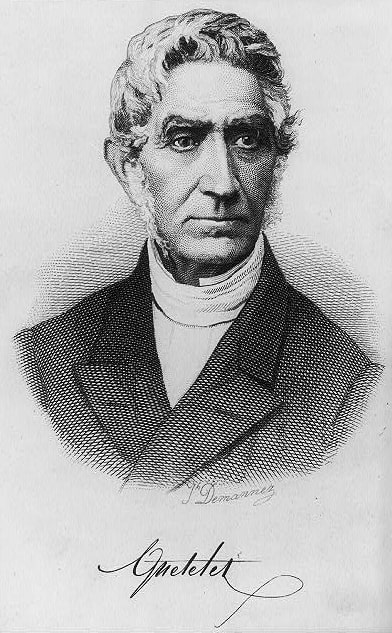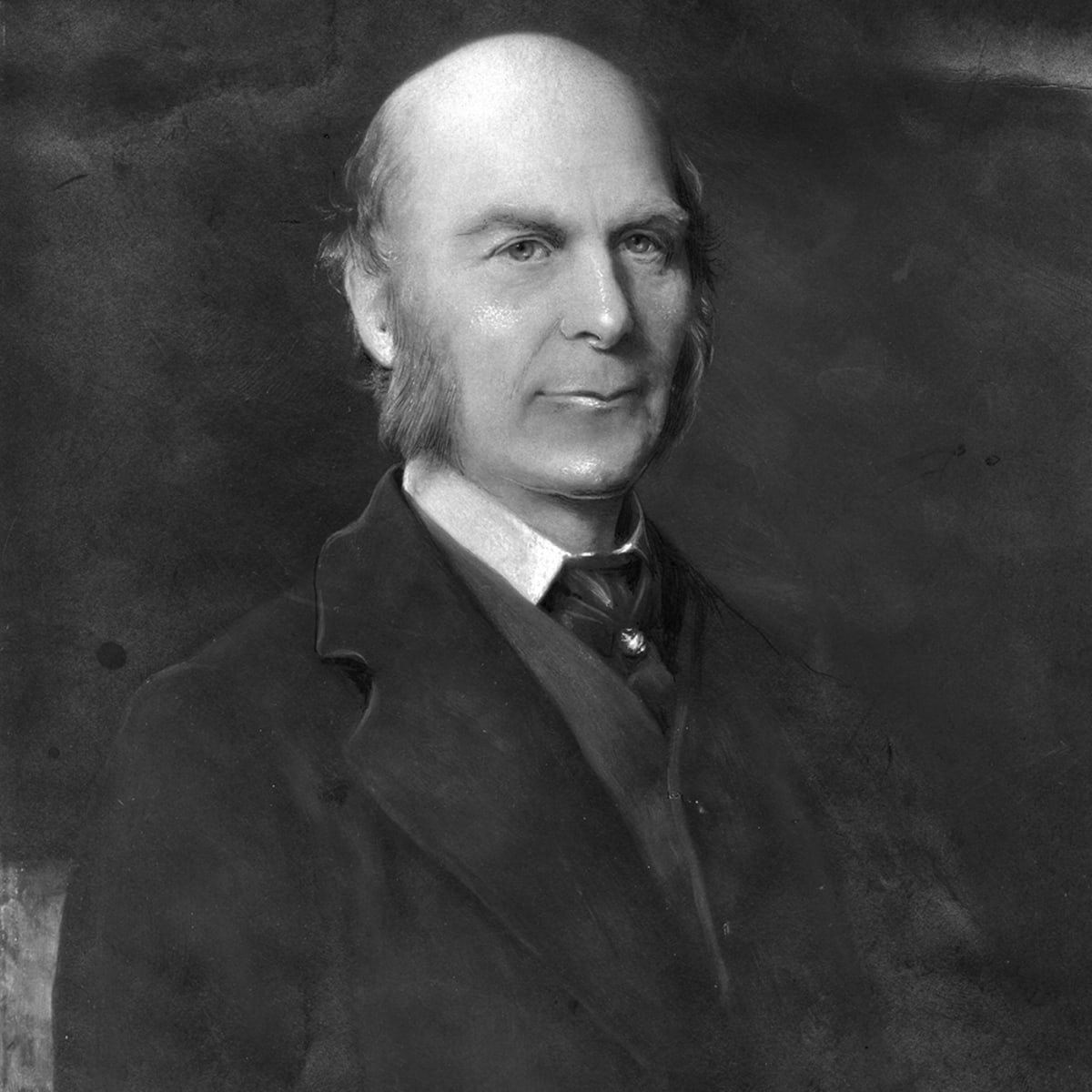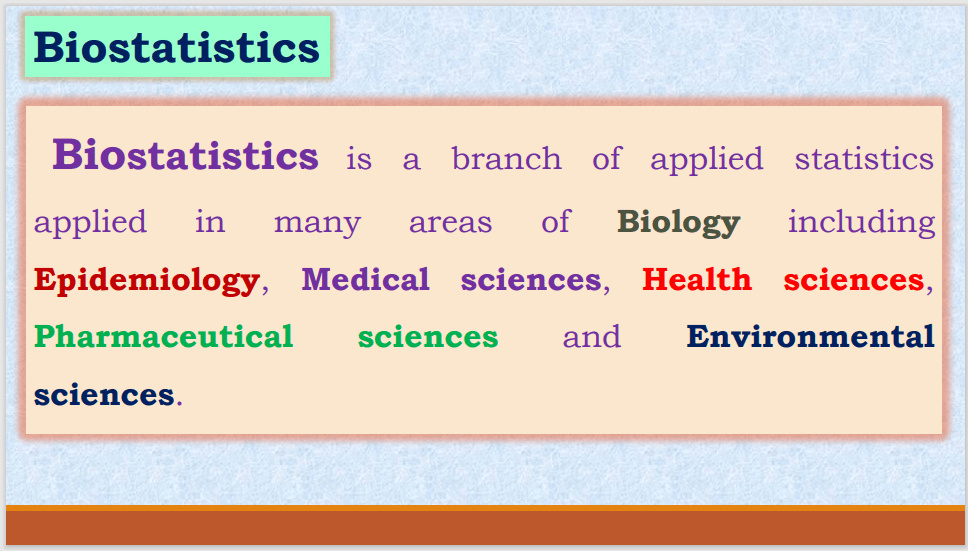Table of Contents
What is Biostatistics?
Biostatistics is a branch of applied statistics applied in many areas of Biology including Epidemiology, Medical sciences, Health Sciences, Pharmaceutical Sciences, and Environmental sciences.

Adolphe Quetelet (1796-1874)- The first scientist to introduce biostatistics concepts who in his work combined the theory and practical methods of
statistics in biological and medical applications.

Francis Galton (1822-1911) solve the problem of heredity on the basis of
Darwin’s genetic theories with the statistics. He also studies the application of statistics to the analysis of biological variation, using correlation and regression techniques. For this reason, he has been defined as the father of biostatistics.

Karl Person (1860-1906) continued in the tradition of Galton’s theory
contributing significantly to the field of biometrics, meteorology, theories of social Darwinism, and eugenics.
Applications of Biostatistics
In Anatomy and Physiology
- To define what is normal or healthy in a population.
- To find the limits of normality in variables such as weight and pulse rate etc. in a population.
- To find the correlation between two variables such as height and weight, whether weight increases or decreases proportionately with height.
In Pharmacology
- To find the action of drug – A drug is given to humans to see whether the changes produced are due to the drug or by chance.
- To compare the action of two different drugs or two successive dosages of the same drug.
- To find the relative potency of a new drug with respect to a standard drug.
In Medicine
- To compare the efficacy of a particular drug, operation or line of treatment – for this, the percentage cured, relieved or died in the experiment and control groups, is compared and difference due to chance or otherwise is found by applying statistical techniques.
- To find an association between two attributes such as cancer and smoking or filariasis and social class.
- To identify signs and symptoms of a disease or syndrome.
- Cough in typhoid is found by chance and fever is found in almost every case.
- To test usefulness of sera and vaccines in the field- Percentage of attacks or deaths among the vaccinated subjects is compared with that among the unvaccinated ones to find whether the difference observed is statistically significant.
Clinical medicine
- Documentation of medical history of diseases.
- Planning and conduct of clinical studies.
- Evaluating the merits of different procedures.
- In providing methods for definition of ‘normal’ and ‘abnormal’.
Preventive medicine
- To provide the magnitude of any health problem in the community.
- To find out the basic factors underlying the ill- health.
- To evaluate the health programs which was introduced in the community (success/failure)?
- To introduce and promote health legislation.
In Health Planning and Evaluation
- The methods used in dealing with statistics in the fields of medicine, biology and public health for planning, conducting and analyzing data.
- In carrying out a valid and reliable health situation analysis, including in proper summarization and interpretation of data.
- In proper evaluation of the achievements and failures of a health programs.
In Biotechnology
Study of genetic modification of plants and animals to gene therapy, medicine and drug manufacturing, reproductive therapy, and even energy production. In all these cases, research is carried out and testing whether or not it has the desired performance.
In Community Medicine and Public Health
- To evaluate the efficacy of sera and vaccines in the field.
- In epidemiological studies-the role of causative factors is statistically tested.
- To test whether the difference between two populations is real or a chance occurrence.
- To study the correlation between attributes in the same population.
- To measure the morbidity and mortality.
- To evaluate achievements of public health programs.
- To fix priorities in public health programs.
- To help promote health legislation and create administrative standards for oral health.
- It helps in compilation of data, drawing conclusions and making recommendations.
In Genetics
- Some fundamental aspects in particular the concept of Analysis of Variance, in Human Genetics, while statistical and probabilistic methods are now central to many aspects of analysis of questions is human genetics.
- The most common areas where one can find an extensive applications of statistical methods in human genetics is * Human Genome Project * Linkage Analysis * Sequencing.
In Nutrition
Analysis of DNA, RNA, protein, low- molecular-weight metabolites, as well as access to bioinformatics databases.
In Dental Science
- To find the statistical difference between means of two groups. Ex: Mean plaque scores of two groups.
- To assess the state of oral health in the community and to determine the availability and utilization of dental care facilities.
- To indicate the basic factors underlying the state of oral health by diagnosing the community and find solutions to such problems.
- To determine success or failure of specific oral health care programs or to evaluate theprogram action.
- To promote oral health legislation and in creating administrative standards for oral health care delivery.
In Environmental Science
- Baseline studies to document the present state of an environment to provide background in case of unknown changes in the future.
- Targeted studies to describe the likely impact of changes being planned or of accidental occurrences.
- Regular monitoring to attempt to detect changes in the environment.
Make sure check our amazing article: What are biostatistics and their applications?
